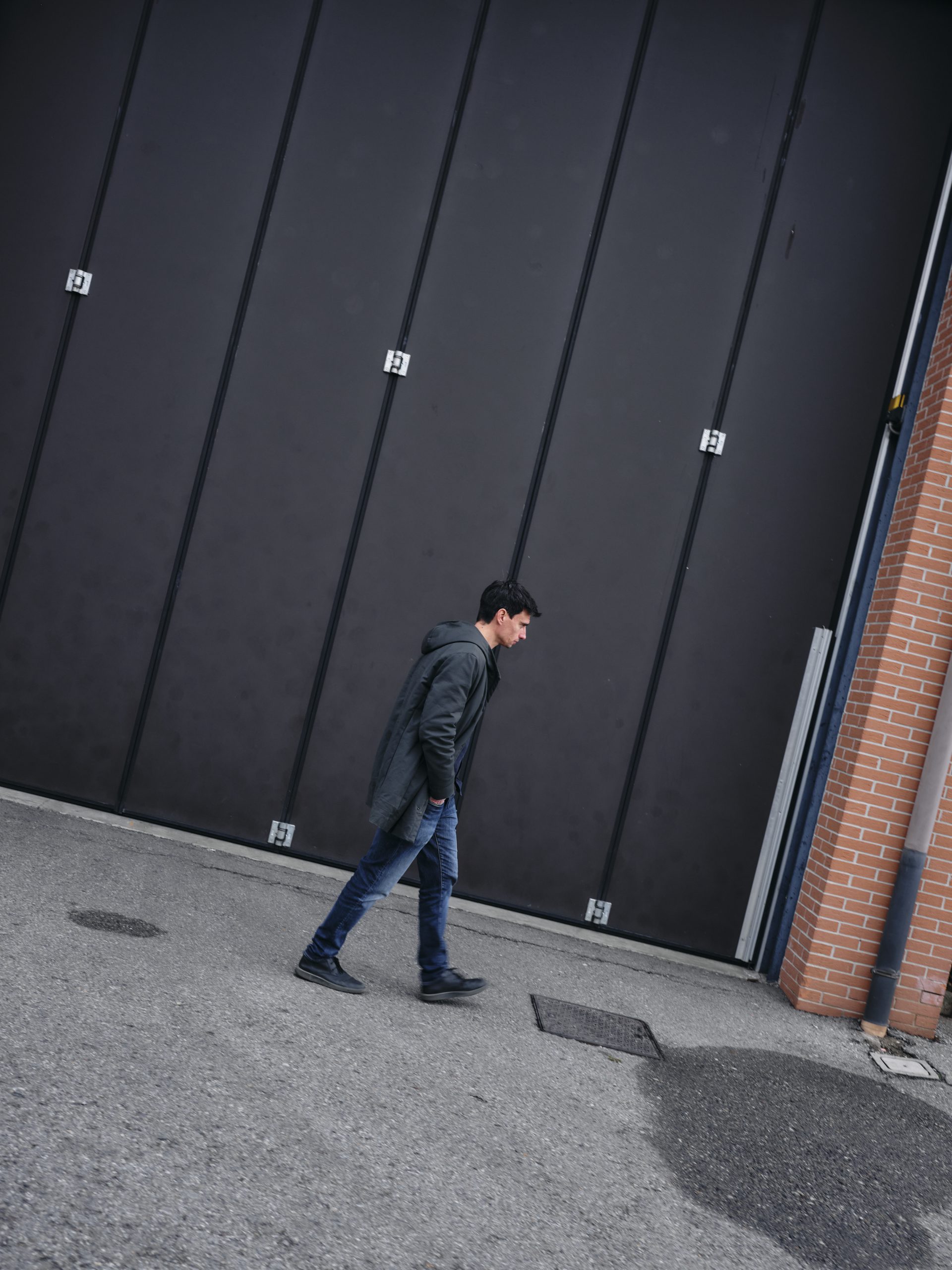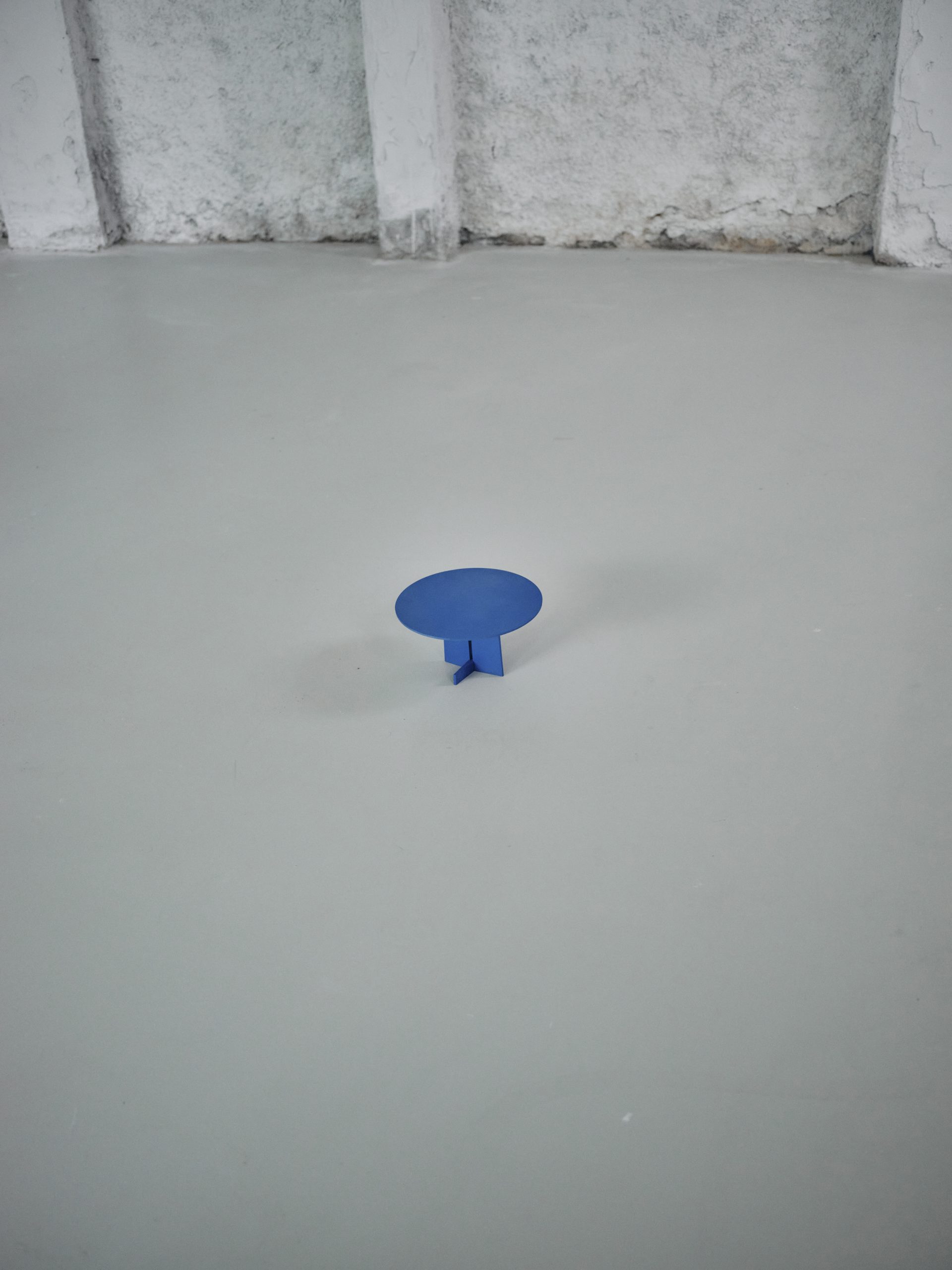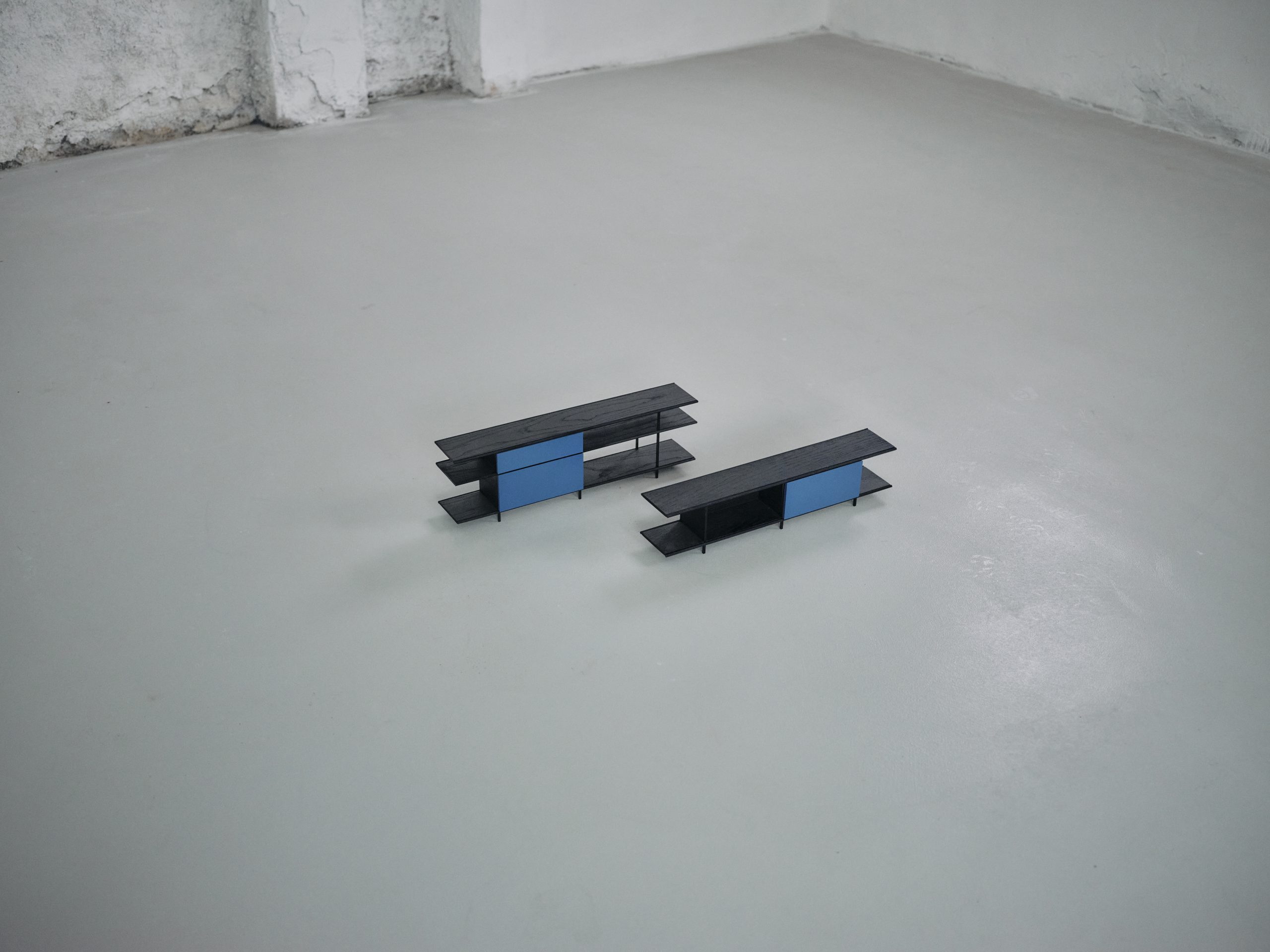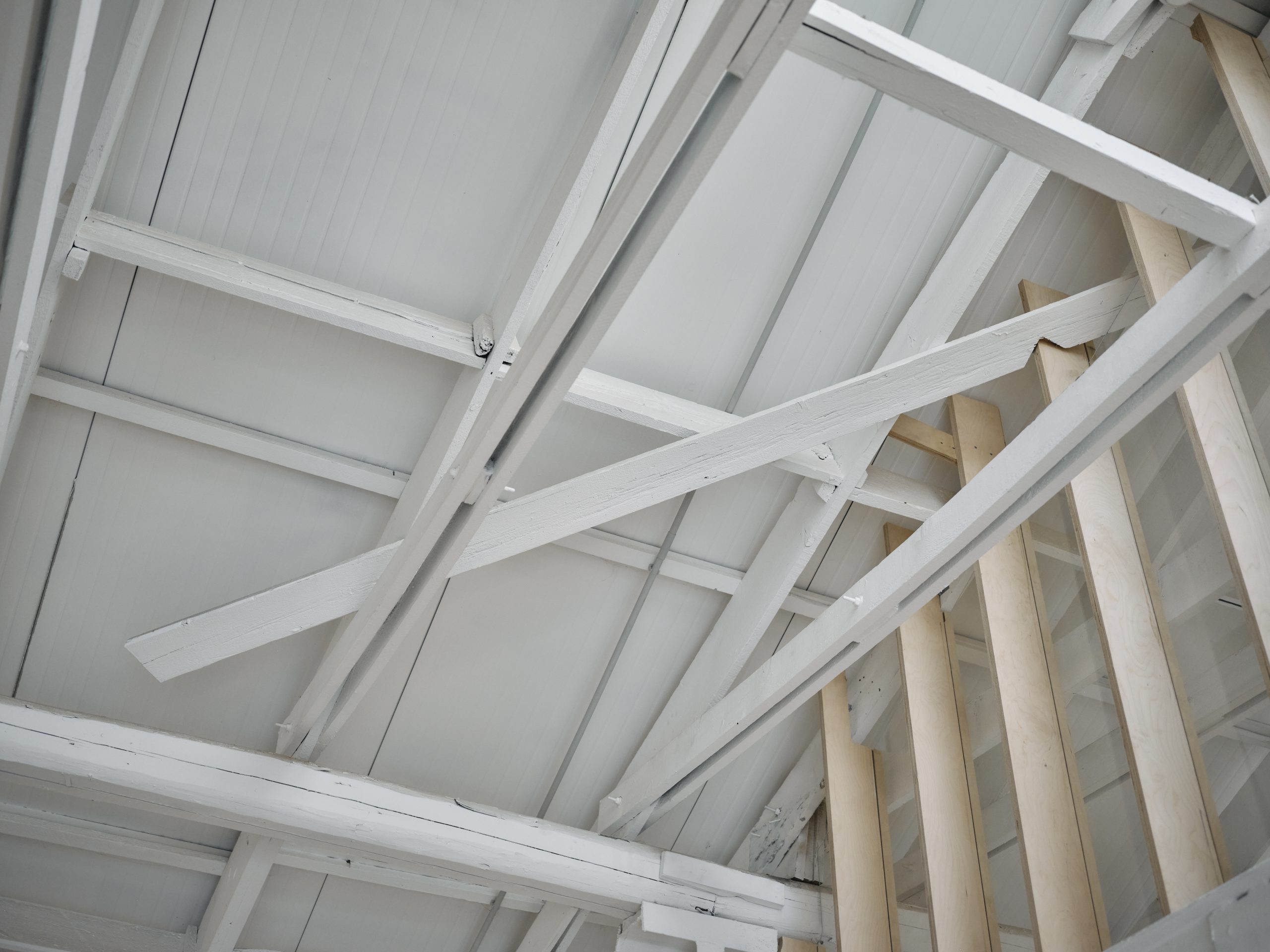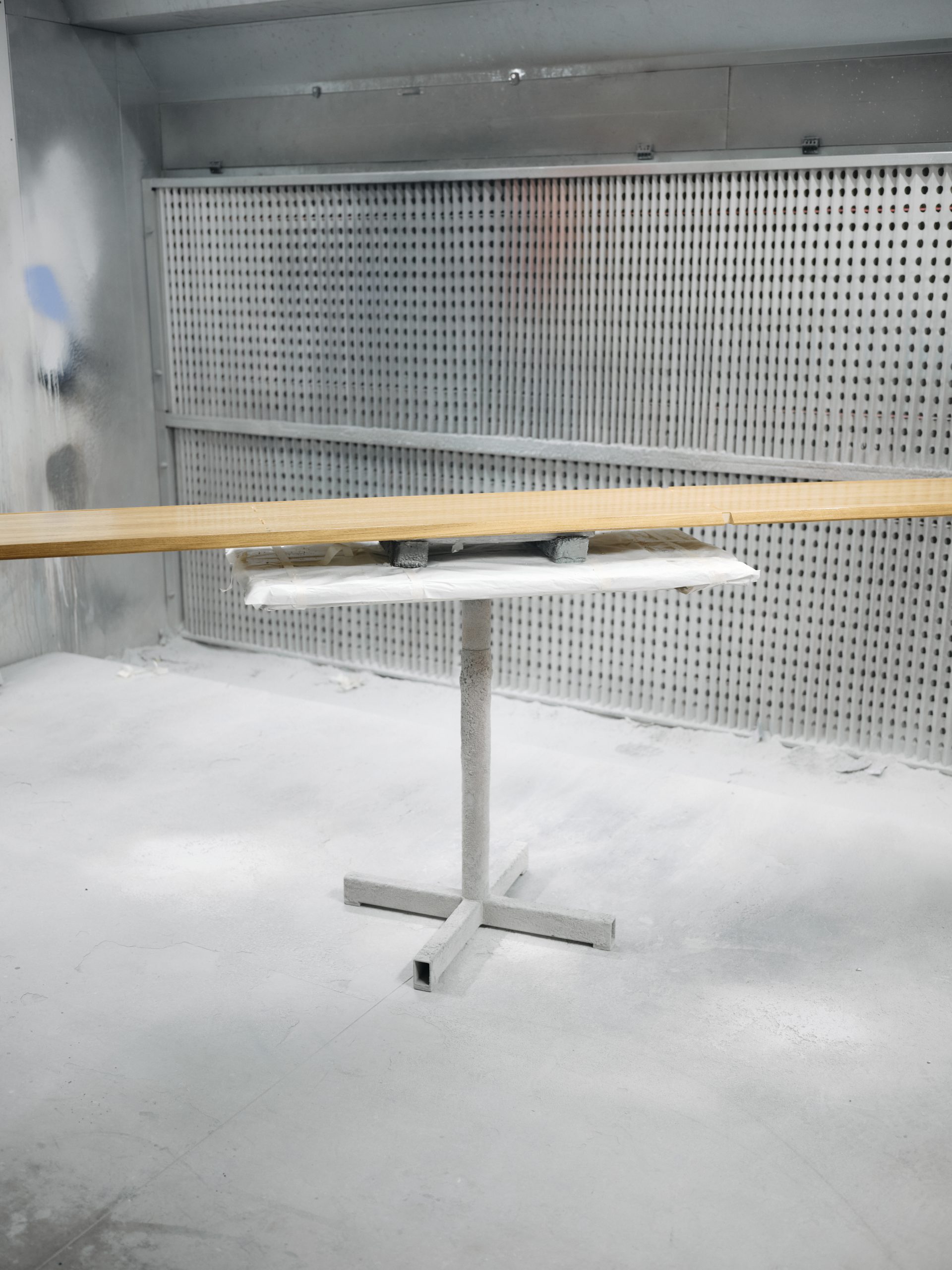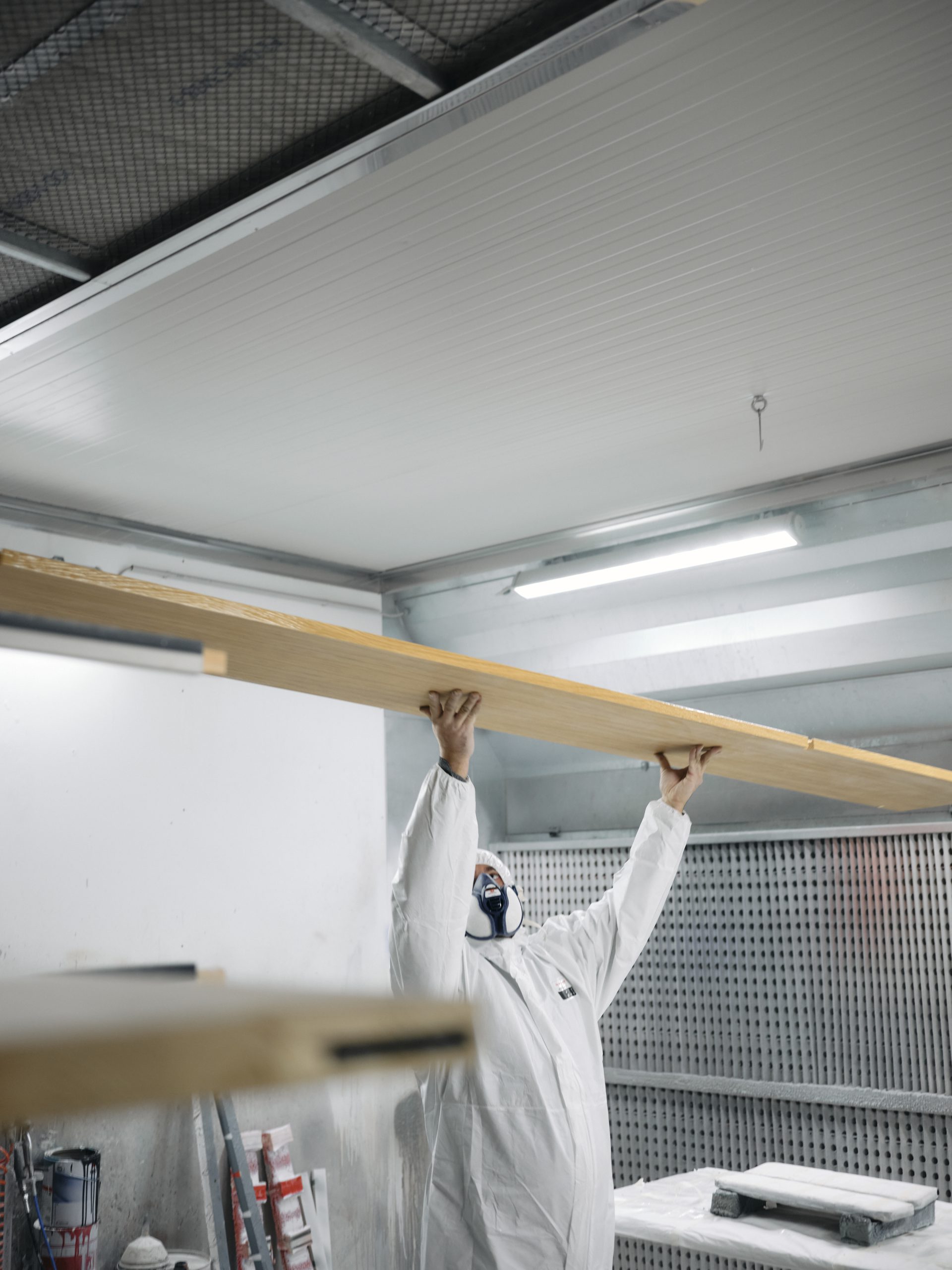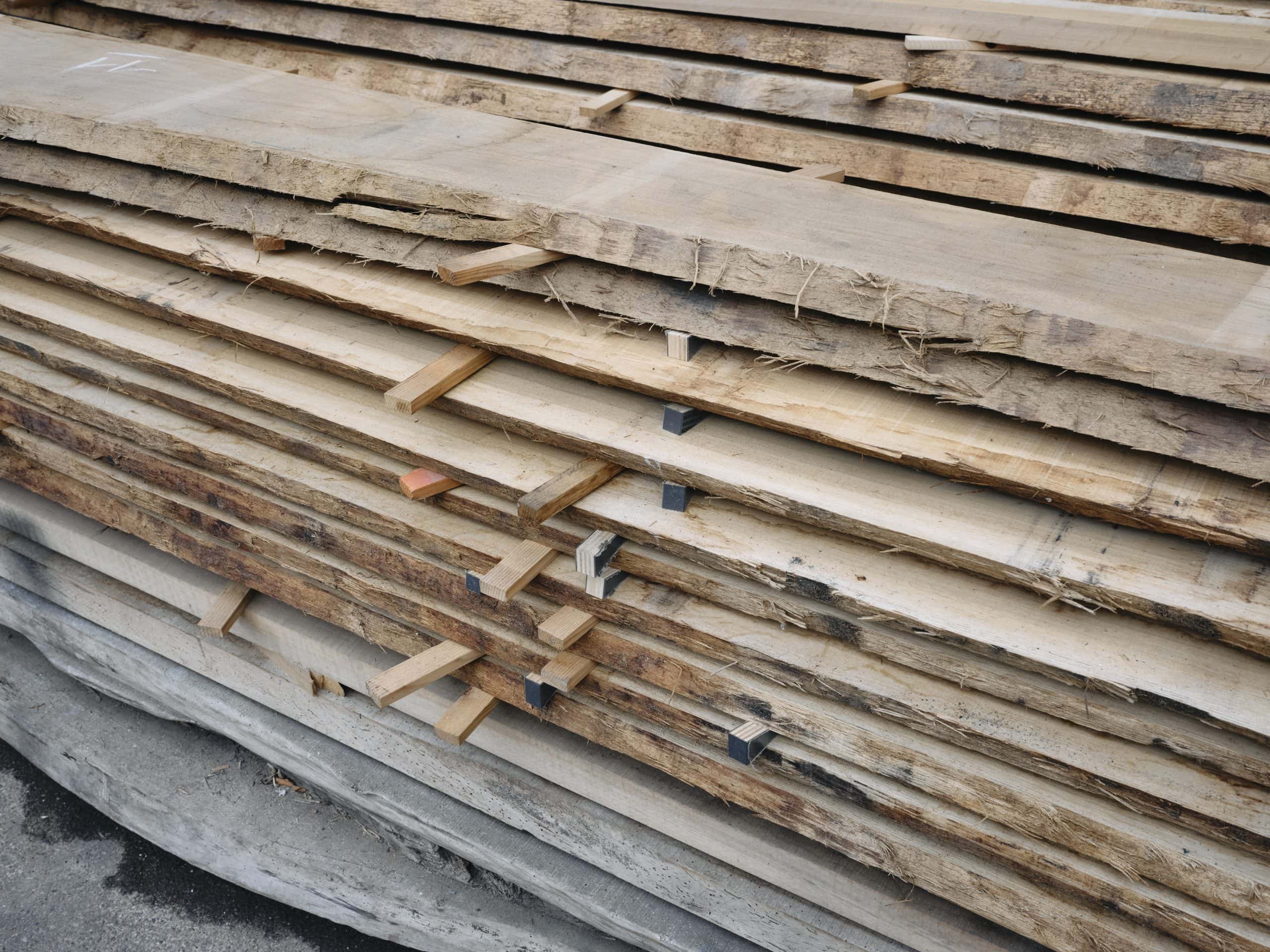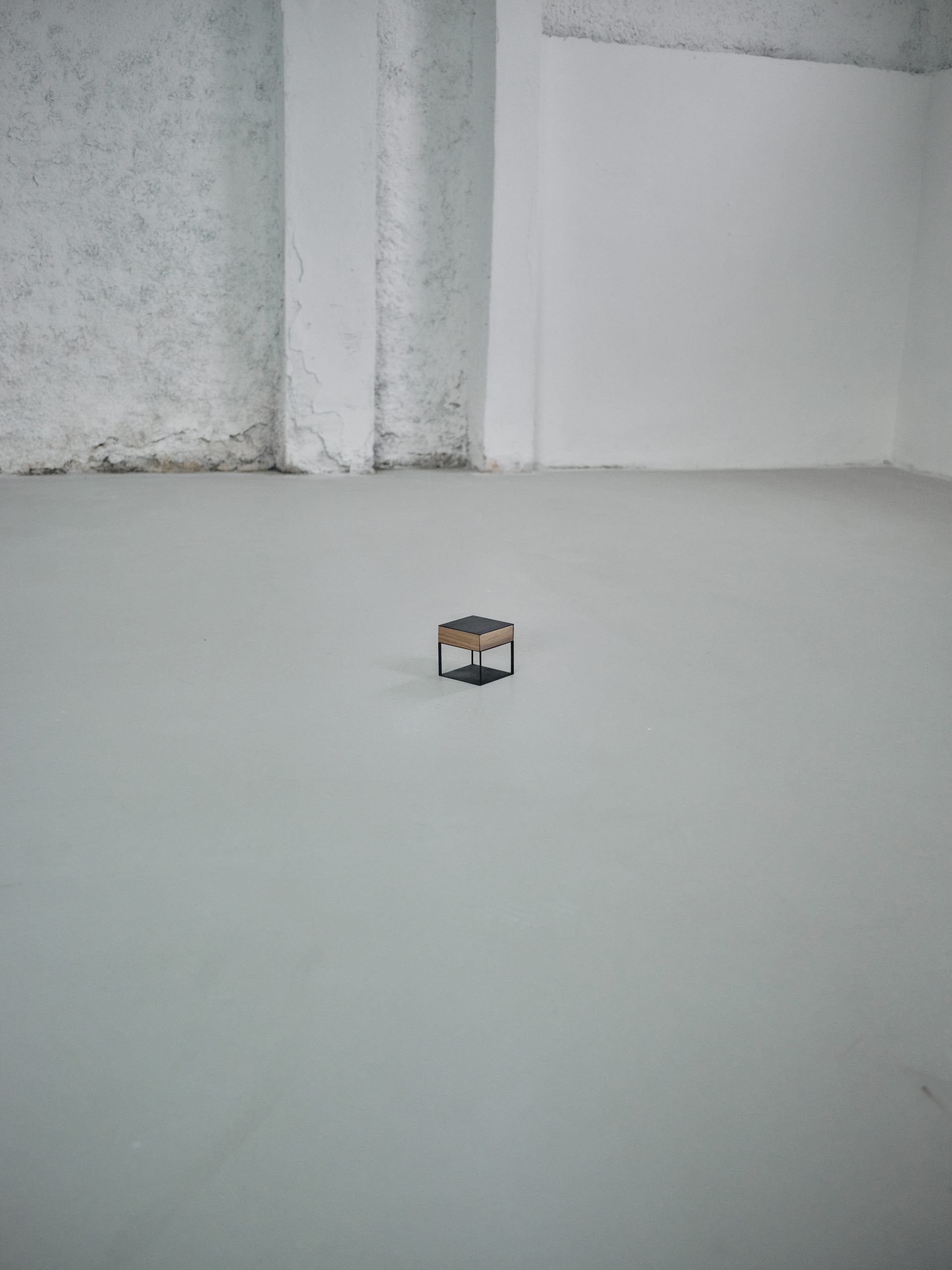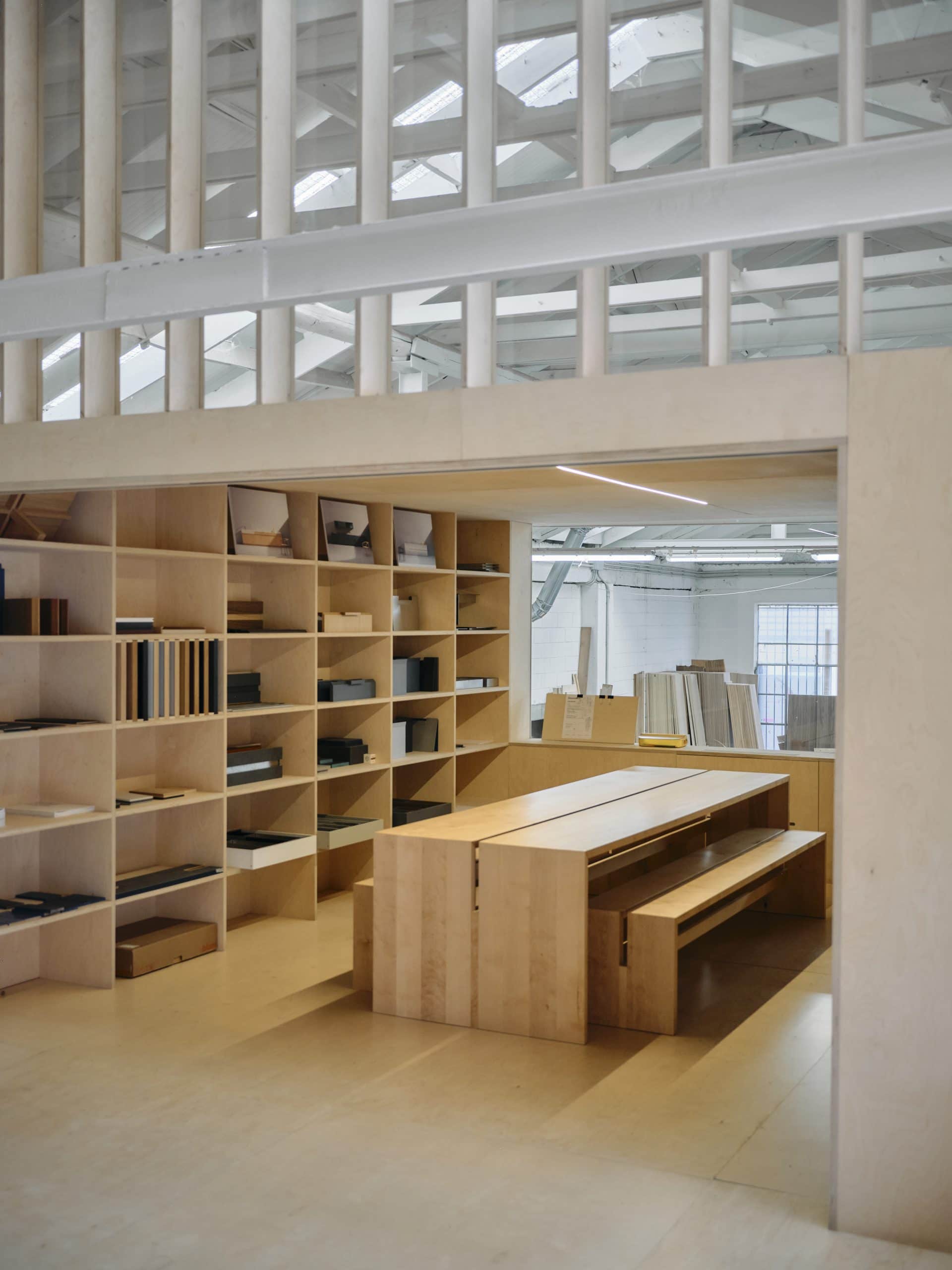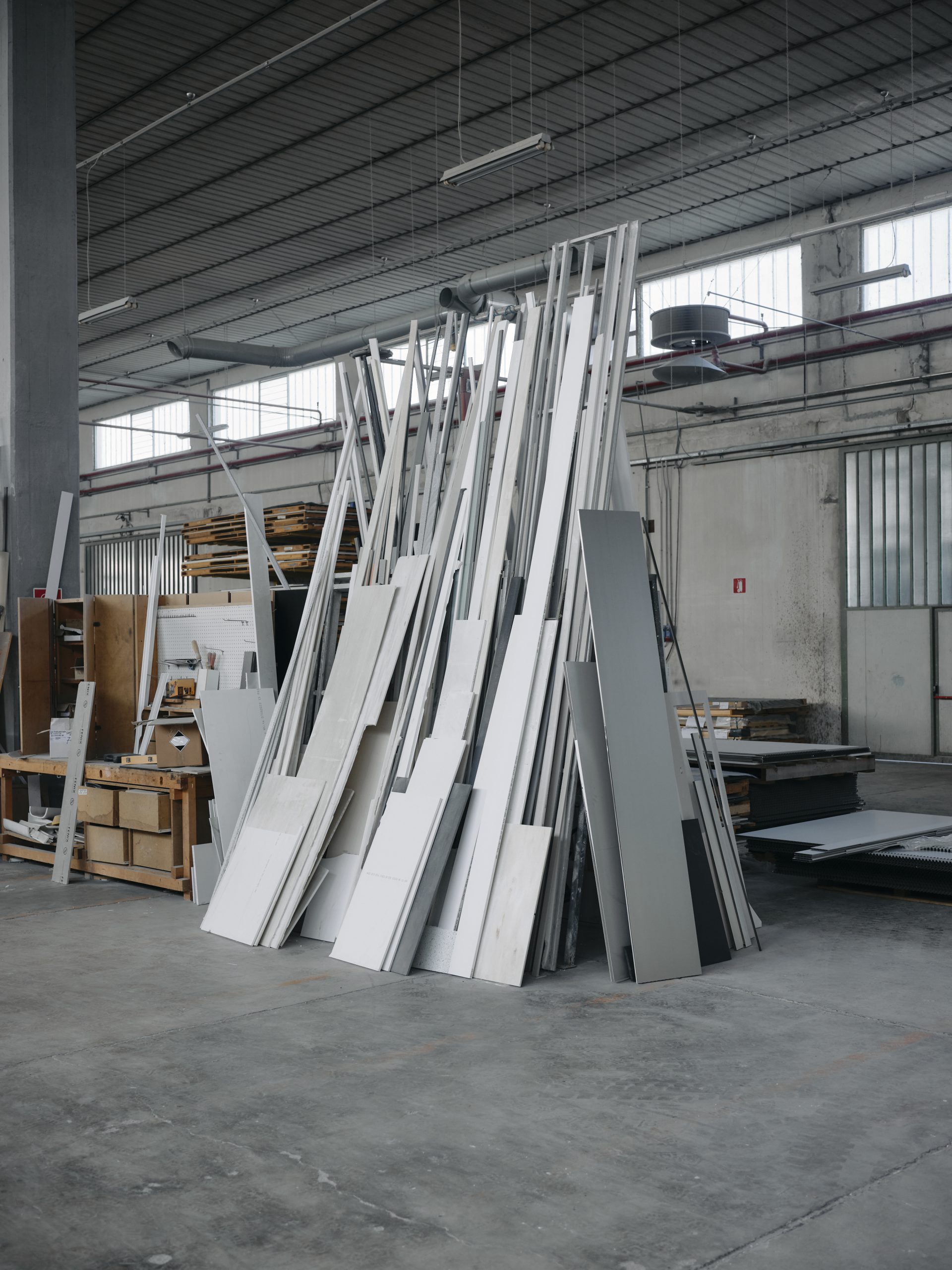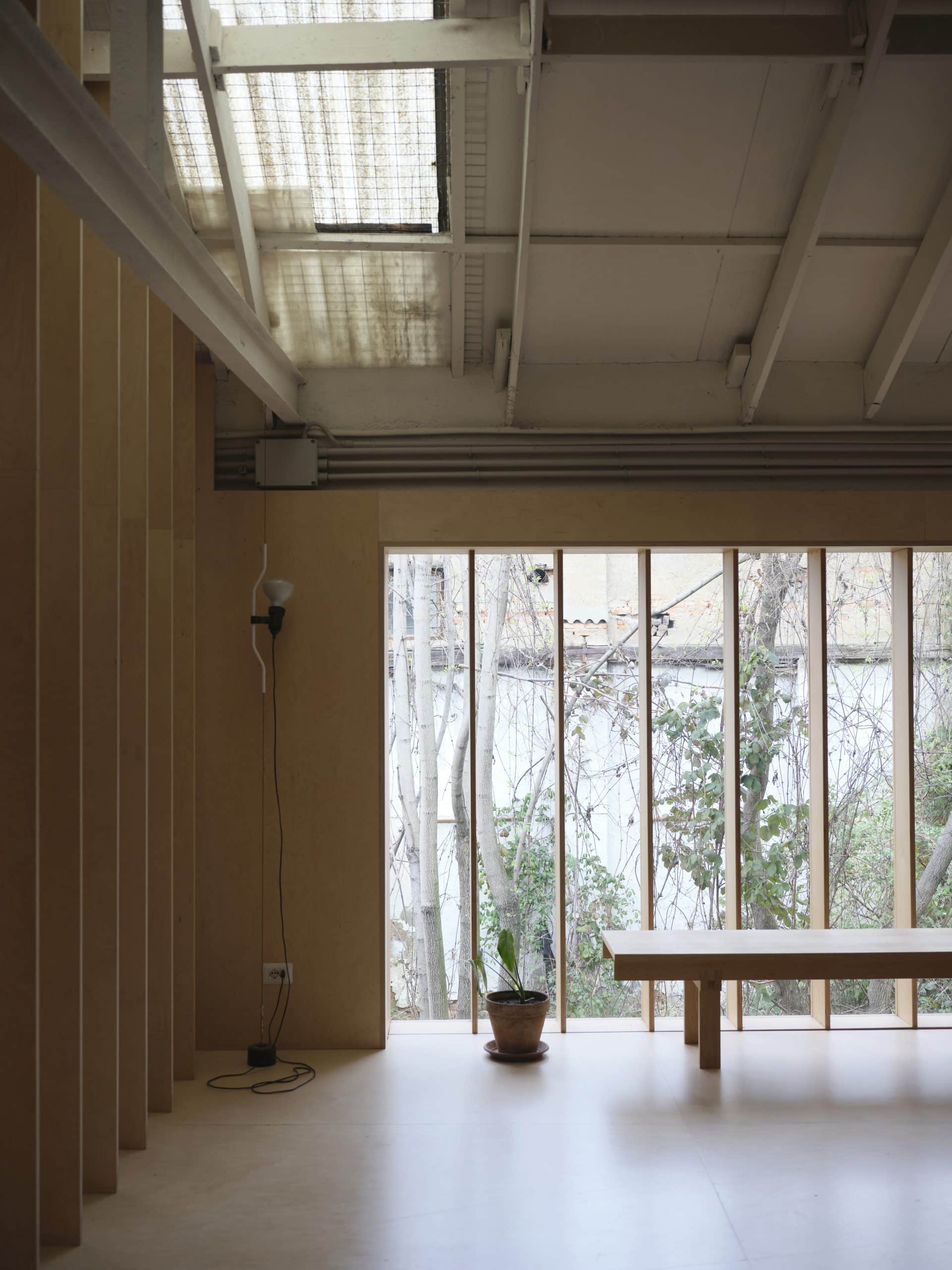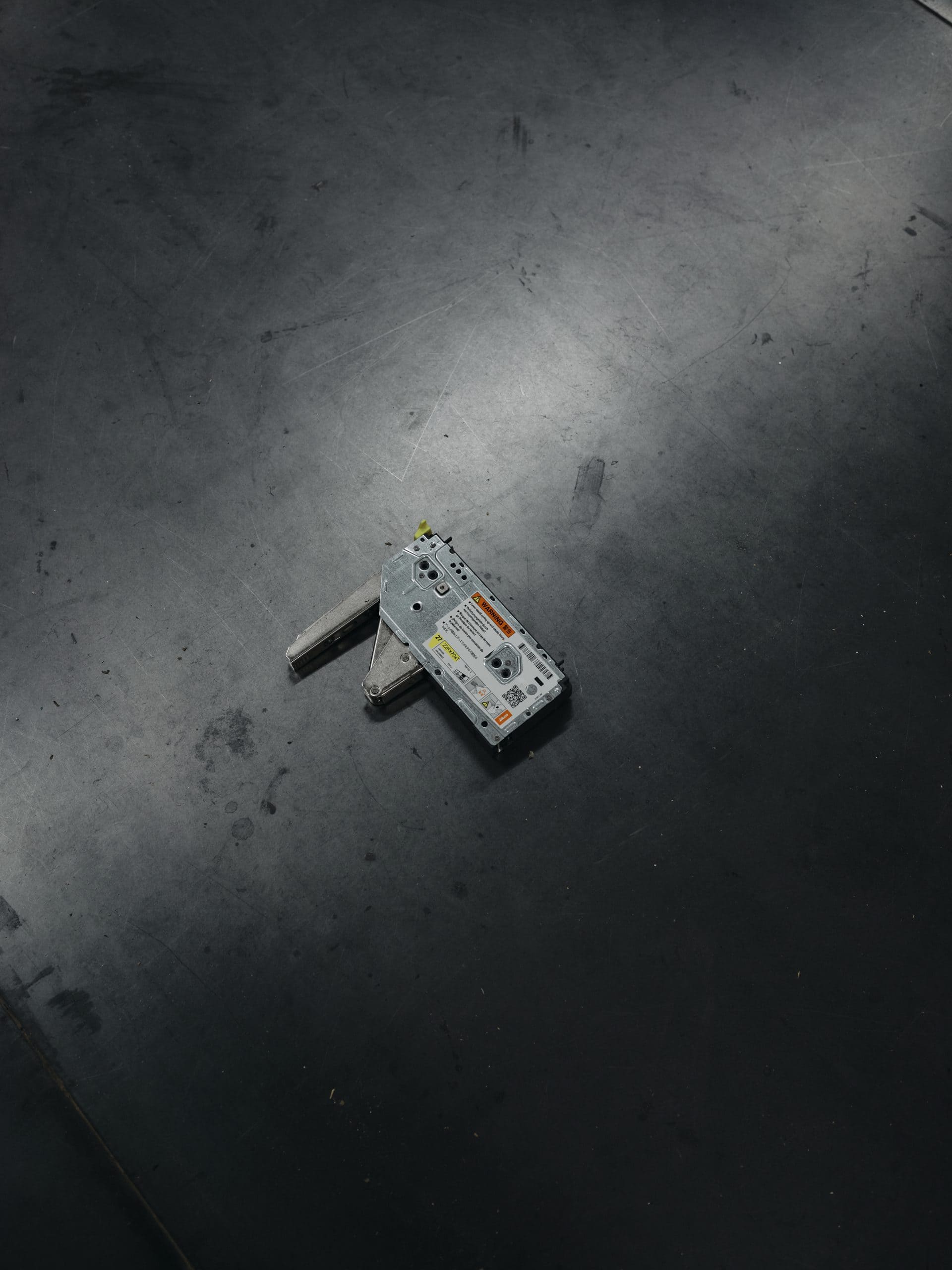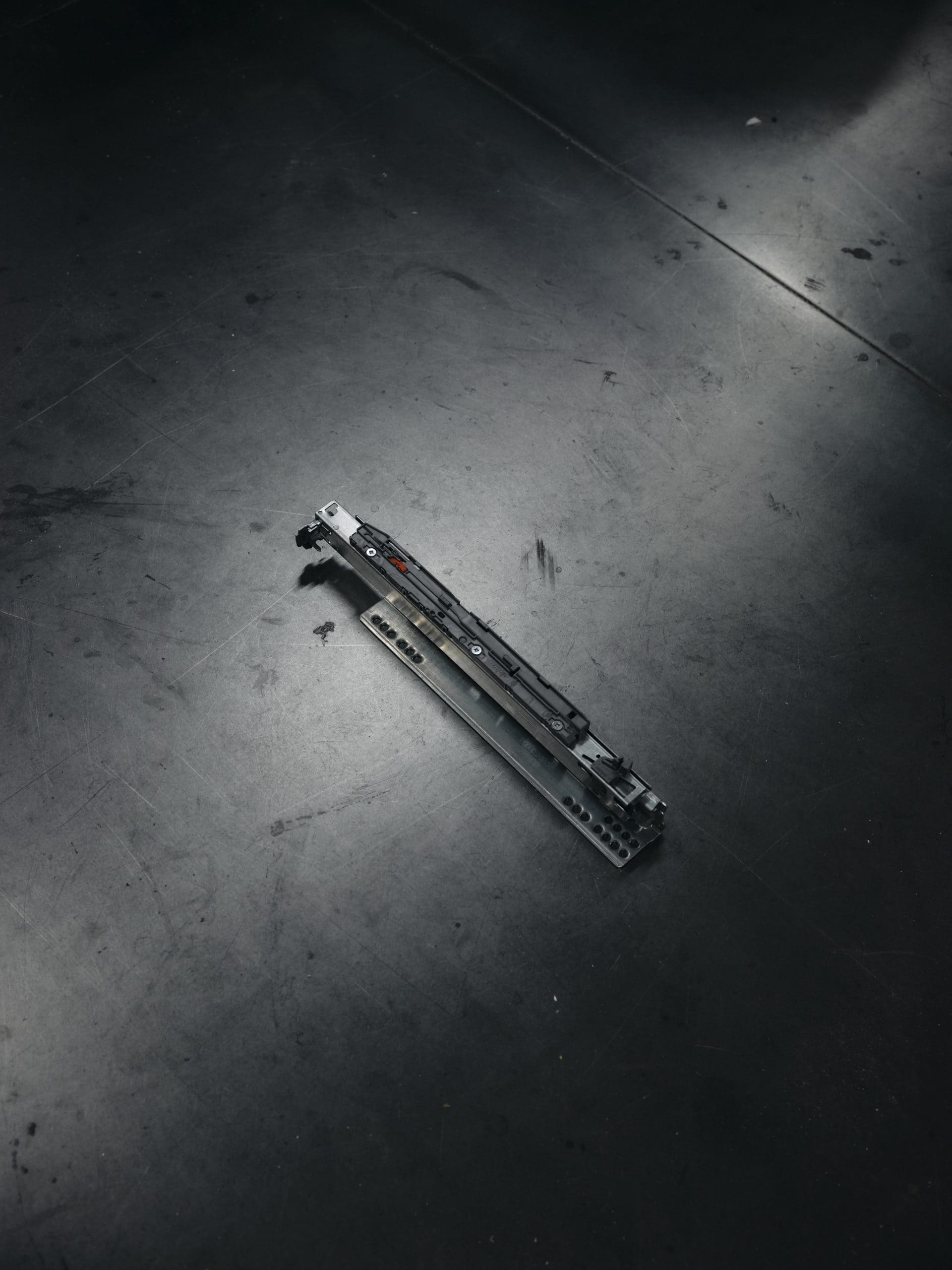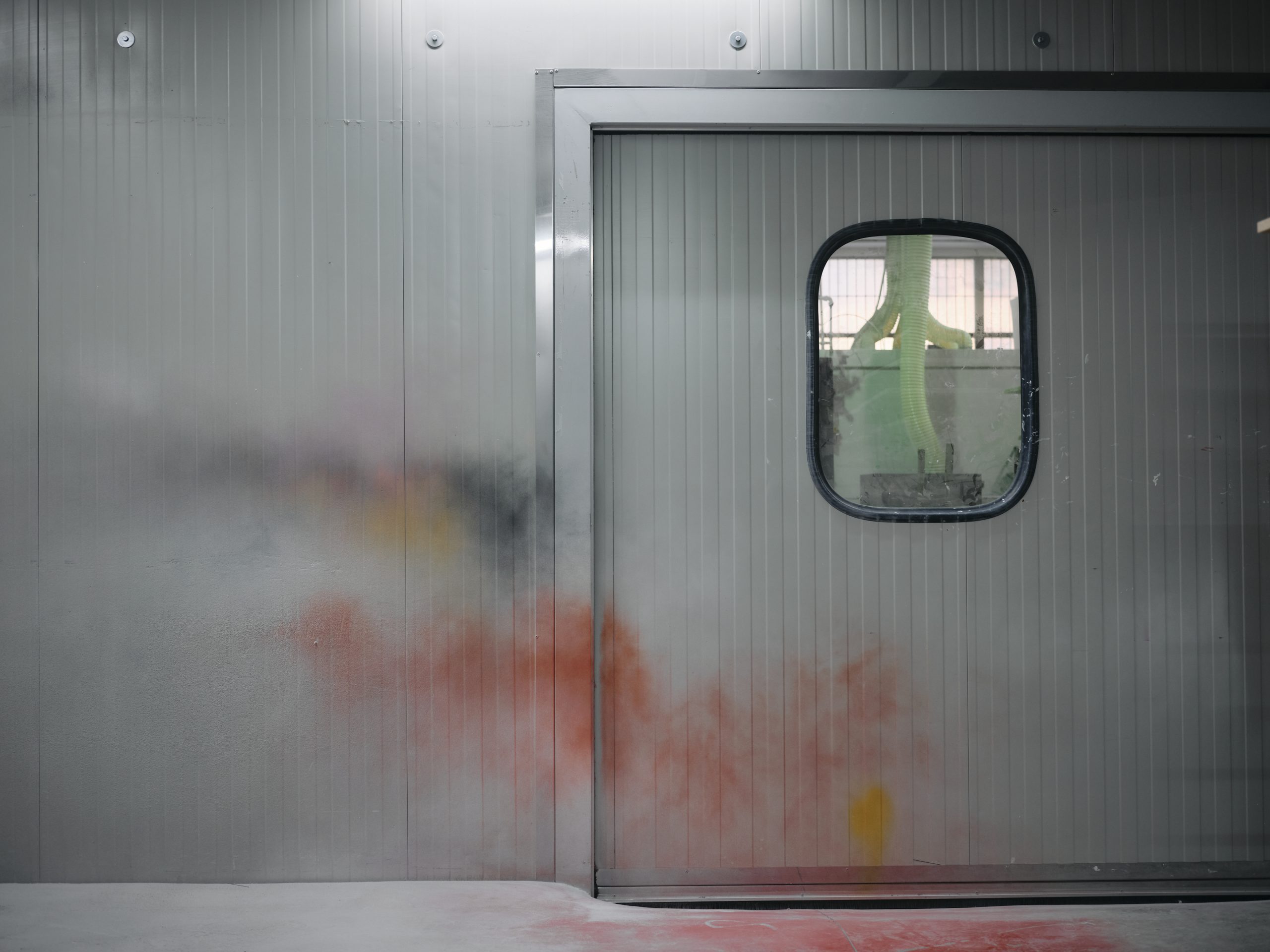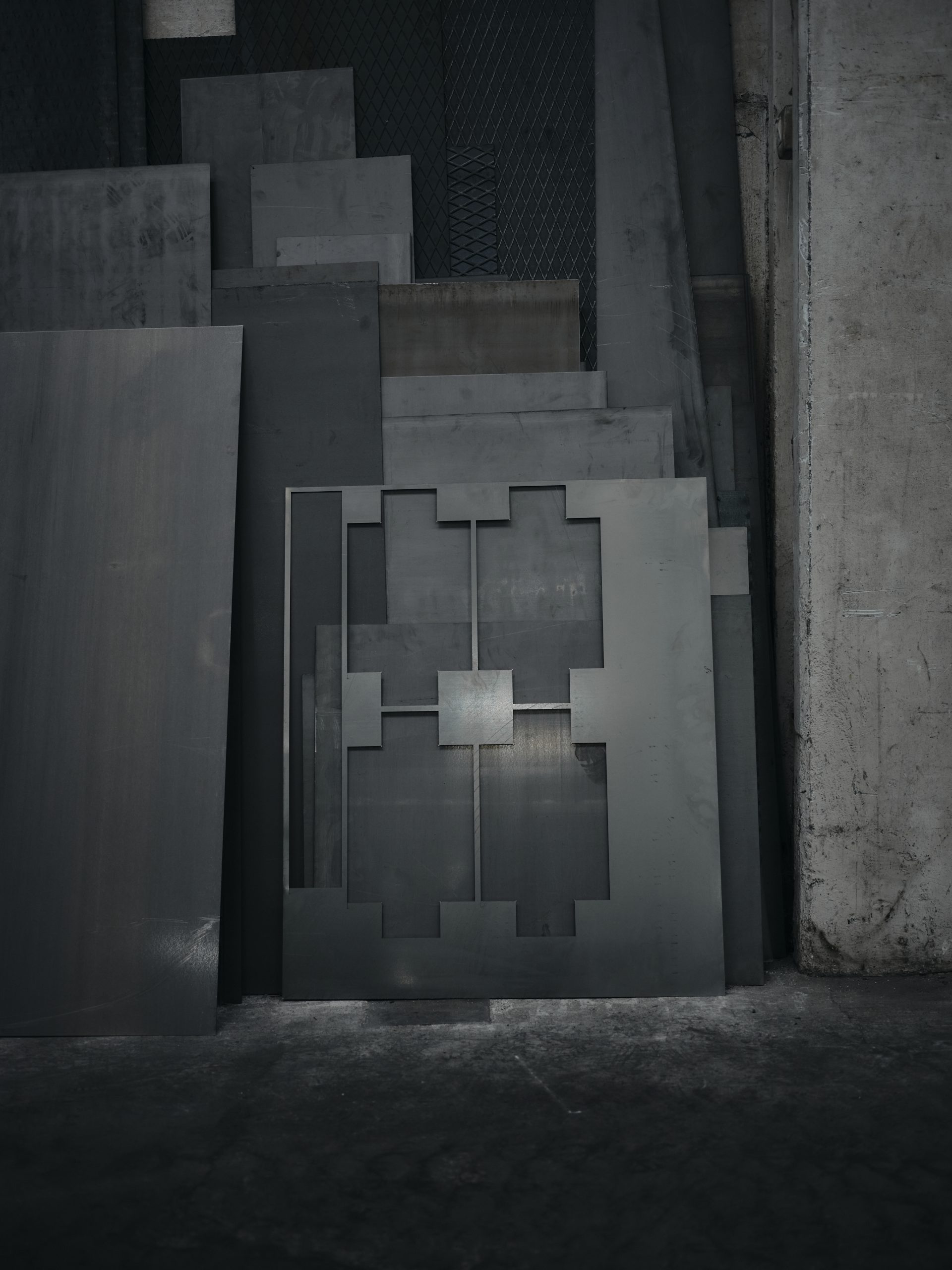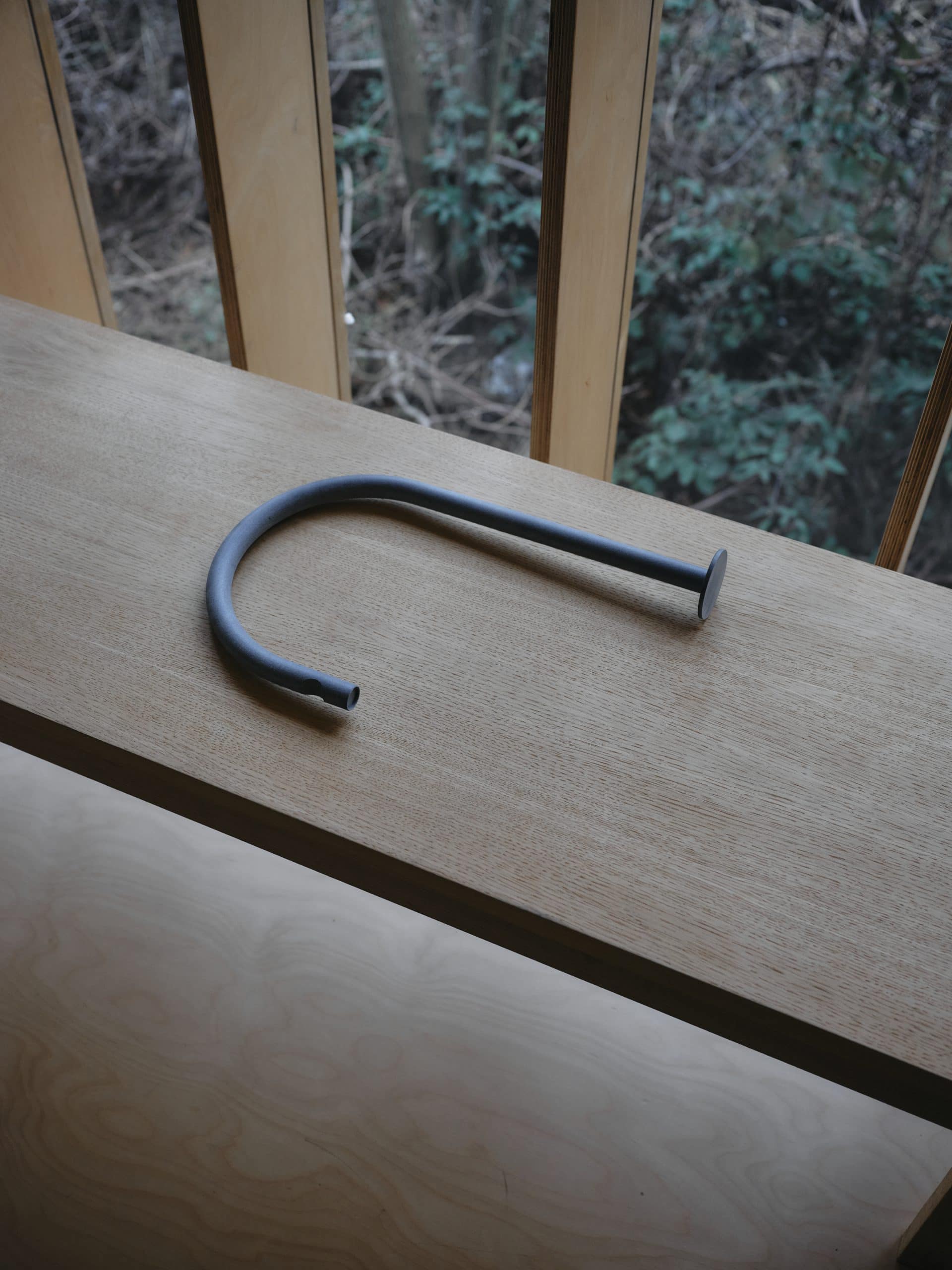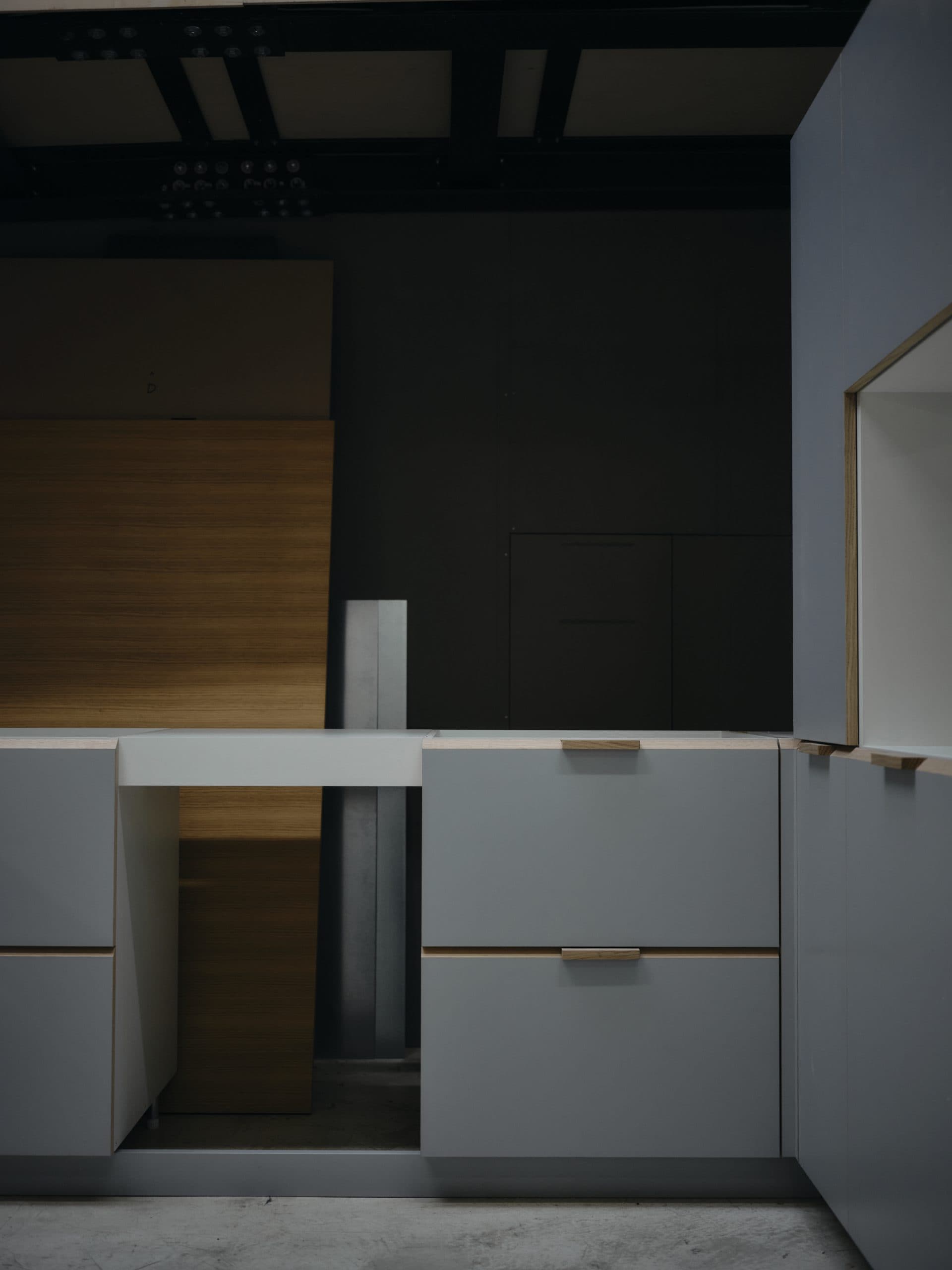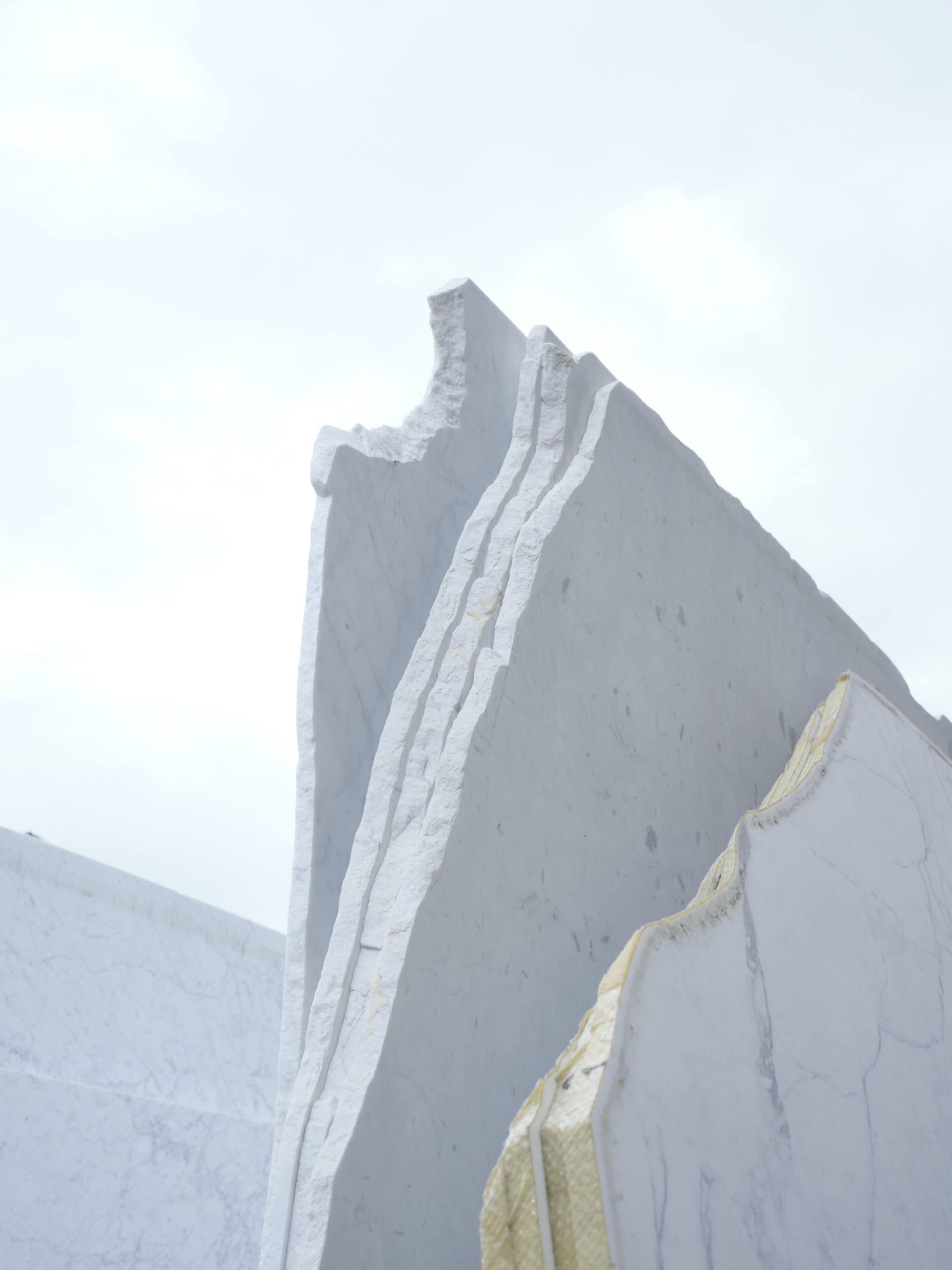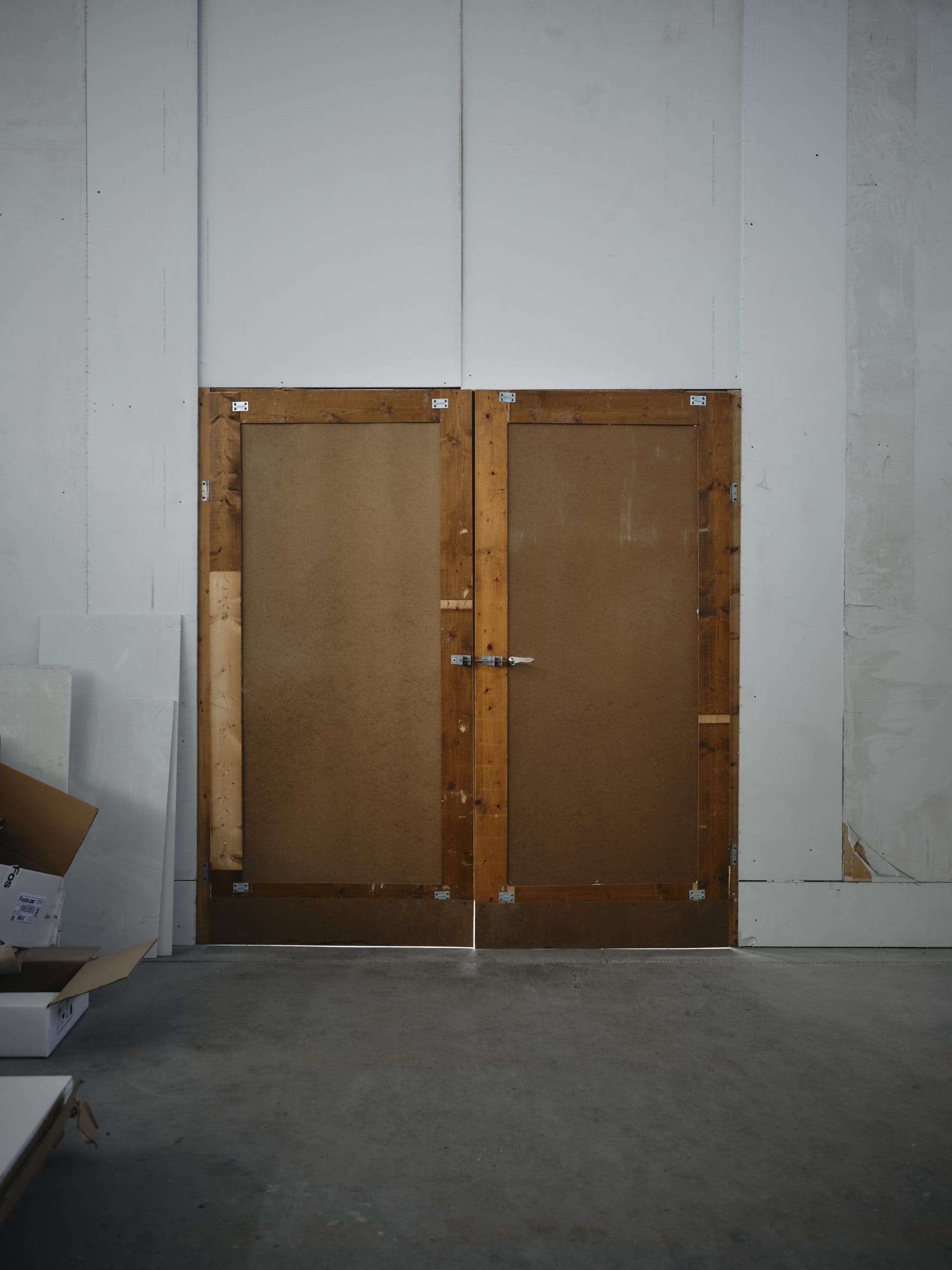There’s something to be said for the merits of sustained curiosity. In fact, recent studies indicate that nurturing one’s inner child through enigmatic conundrums can have profoundly positive effects on cognitive functioning and bolster creativity. Not to mention, mitigate the likelihood of burnout and elevate workplace satisfaction, while shaping the way we perceive and interact with our surroundings.
Yes, the thirst for knowledge serves as an undeniably powerful creative impetus. Just look at historical figures like DaVinci, Fellini, Palladio, Picasso, Gianni Versace and David Bowie, who tirelessly reinvented themselves well into old age. When it comes to contemporary Milanese designers, you’d be hard-pressed to find a more empirical embodiment of this philosophy than the unwaveringly meticulous, Giacomo Moor.
An illustrious designer and product designer, Moor is a Milan native who studied design at Politecnico di Milano where he worked in a small carpentry shop and was introduced to the art of wood processing.
The event went on to have a significant impact on his practice. “Without a doubt, this experience decisively influenced my years of study and my approach to drawing and design,” Moor says. “A space where design and production could coexist and feed off each other was the logical consequence of this path.”
He started doing it primarily as a design studio, before recognising that his working method and knack for conceptualisation could lead to the prompt realisation of products. In turn, this enabled him to create a furniture collection for direct sale, while forging strong relationships with external clients.
From there, he founded his eponymous studio, supported by a diverse team of carpenters, designers and architects, which went on to work with the iconic Memphis collective, something he considers a career cornerstone.
For Moor, external support and creative incubation are paramount to a designer’s development and Memphis, in the form of previous owner Alberto Albricci, afforded him just that. “He gave me the opportunity to express myself without a brief and this allowed me to work, in a free, almost detached way,” he reveals. “The early work for industry was equally important because I understood that my working method could also respond to much more precise and punctual requests.”
Concurrently, he doesn’t shy away from the influence the Milanese masters have had on his output. The designer’s ethos is deeply indebted to his upbringing in the city.
“I’ve always been fascinated by the transversality of their work, which seamlessly managed to embrace different disciplines and fields without ever losing power and integrity,” he reflects. “I am thinking in particular of Angelo Mangiarotti and his ability to range from small to large scale through a unique knowledge of materials and their behaviours.”
Moor’s output is characterised by a keen attention to detail and analytical approach. To him, shortcuts are a hindrance to creative pursuits, which requires discipline and careful consideration.
“I believe that every project has to meet a set of more or less explicit requirements that the commission poses to us,” he explains. “I never start from a form, but almost always from a process or a reversal of perspective: an interlocking generated by the removal of matter, an unexpected void that creates a function, a fold that suggests an opening.”
By the same token, the entrepreneur is an early riser, capitalising on the silence of the early morning hours to plan various projects, with the remainder of his day unfolding in a series of meetings and inspections.
This studious approach, combined with their ability to marry technical and aesthetic skills, by supervising the production aspects, has led Moor & co to several esteemed collaborations.
These include projects with LiveinSlums, for which they created prototype furniture in Kenya for a school in Mathare, one of Nairobi’s biggest slums, and Assab One, among others. On top of which, he’s participated in several well-received exhibitions in global design-hubs like Paris, London, New York, Singapore and Porto.
Naturally, it hasn’t gone unnoticed and he’s managed to secure several accolades like the BestYoungDesigner Award at the 2016 Salone del Mobile, the Wallpaper* Award in 2017 and the 2018 LandRoverBornAward. He’s previously been nominated for Best Young Designer by Elle Decor Italia as well.
Still, Moor isn’t one to dwell on past achievements nor misgivings. Acknowledging that regrets are part of everyone’s life, he views them as opportunities for growth, when approached with the right attitude. ‘It’s too early to draw conclusions, but if I look at what we’ve built so far, the balance sheet is definitely active,’ he says.
When asked about his hopes for his legacy, his response is equally pragmatic and humble. “One of my greatest flaws is superstition and consequently, this question cannot leave me indifferent. So, if all goes well and I’ve earned it, I will answer it in about 20 years,” Moor reveals.
At the moment, his team tackles over 100 projects per year, handling every aspect from ideation to actualisation and installation, producing full scale interiors for both the private and corporate sector. Yet, despite the hectic pace, he finds solace in the moments of quiet reflection, which often coincide with the lulls of summer or winter vacations.
The designer’s drive to further hone his skill set and thirst for renewal is omnipresent, and this extends to his vision for the European interior design scene at large. He envisions a furniture industry that doesn’t merely adapt to market demands, but instead conditions it through rigorous research and experimentation.
“This process can only take place through a synergy between designers and entrepreneurs,” he reflects. “After all, the best products and designs, both past and present, are the tangible result of an alchemy between company and designer.”
To aspiring carpenters and designers, Moor offers three words of advice, namely, curiosity and obsessiveness, while stressing the interdisciplinary nature of the practice. In a profession where every detail is significant, he also urges them to approach their work with the appropriate seriousness and awareness, by embracing inquiry as a driving force.
“After many years, I’ve come to the realisation that even the designer is a victim of a kind of déformation professionnelle, everything is design,” Moor explains.
Always looking to the future, Moor is excited about his upcoming architecture exhibition at Assab One for this year’s Milan Design Week. And he just might have a few more tricks up his sleeve.
“In addition to this exhibition, at the Fair, we’re presenting two products that I am particularly interested in: a collection of stackable containers for Living Divani and a family of faucets for Quadro Design,” the designer reveals. “I’m also working on two new collections for my clients, but they will definitely come later. Right now I have to focus on the Salone projects.”
As I’m sure you can gather by now, Moor’s striking designs are the result of an inquisitive exploration of possibility. His relentless commitment to the pursuit of excellence, combined with his visionary approach to production process and product design, has essentially bridged the gap between tradition and innovation.
Judging by his career track record thus far, the multifaceted designer’s legacy is destined to be one of integrity and enduring inspiration. With each piece he creates, Giacomo Moor leaves a lasting mark on the contemporary design sphere. And as he continues to push the boundaries of possibility, I have no doubt Moor’s influence will continue to shape the landscape of Milanese product design for years to come.
Keep an eye out for the design luminaries upcoming projects and be sure to catch his exhibitions at Milan Design Week. Trust me, you won’t regret it.
